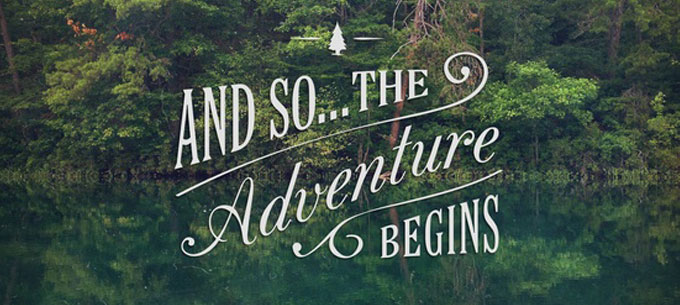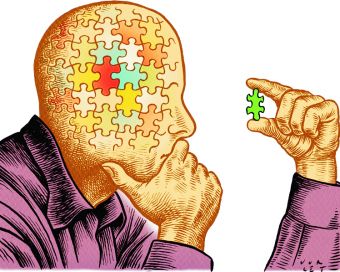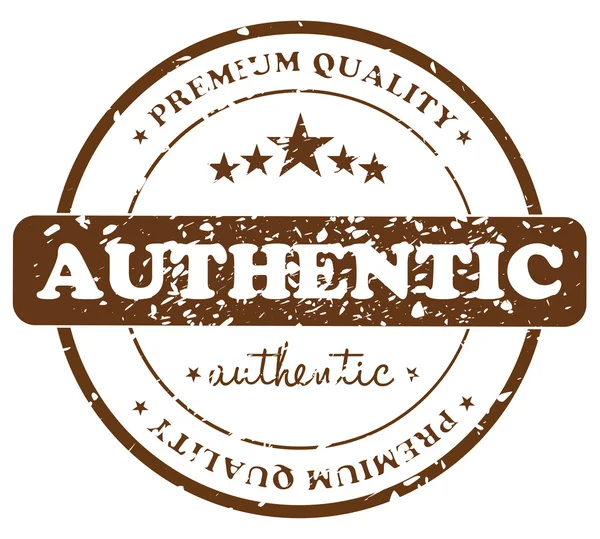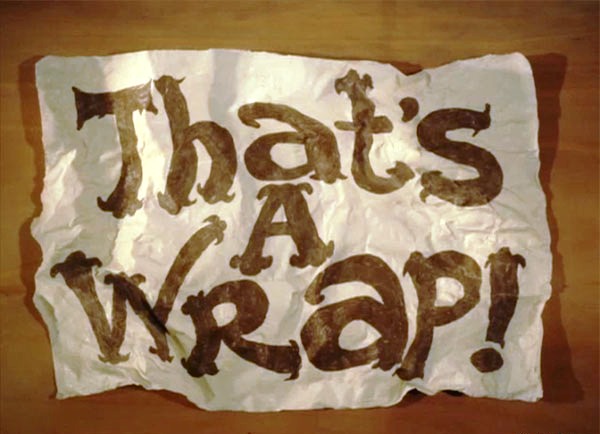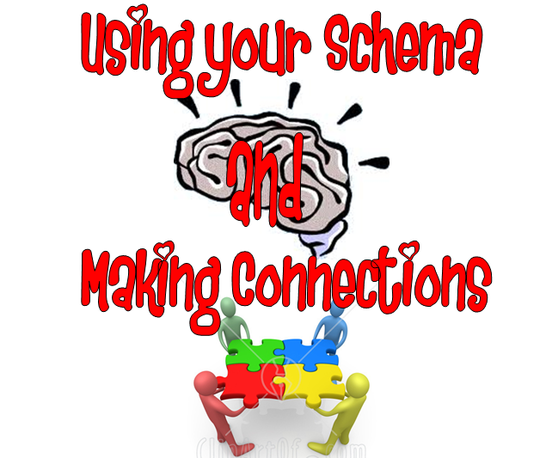What else is considered social
studies? This question may leave a
person struggling for an answer.
Throughout this semester, I have learned that social studies is so much more
than just dates and facts. Experts
suggest that social studies also covers topics such as character and
moral/value education, citizenship and civics education, student service
projects, global education and humanities, and anti-violence education. Incorporating these additional aspects of
social studies into the curriculum will enable students to become better
citizens in society and allow students to gain an understanding of different
cultures, diversity, empathy, tolerance, and so much more. For this project, Brittany and I chose to
focus on global education and humanities.
What
exactly is global education? The Global
Teacher Project (n.d.) identifies that global education studies the many
different cultures and countries in our world, the many issues that they face,
and helps to develop a deeper understanding in our students about the impact
that our actions have on these cultures and countries. Incorporating global education and humanities
into the social studies curriculum is imperative to fostering the growth of
kind, tolerant, and empathetic students.
In global education, students will learn about the different countries
and cultures of our world. They will
learn about the issues that they face—such as lack of running water, lack of
education, starvation, poverty, etc.—and begin to understand how they can have
an impact on these societies and become global citizens. Prior to embarking upon this project, I had
an understanding about what global education meant and why it is so
important. Different societies and
cultures around the world is something that I am interested in and like to
learn about. However, one thing that I
did not realize is that acceptance and understanding of different cultures is something
that students need to be introduced to and learn about. Additionally, they need to learn how to
become global citizens and see how their actions can impact the global society. Teaching global education is important
because global education “develops skills and attitudes which enable people to
take responsibility for their own lives and the world we live in and become
active global citizens” (The Global Teacher Project, n.d.).
To
complete this project, Brittany and I looked at a lot of different websites and
articles online. We discovered so much
valuable information it was almost difficult to include it all. In addition to information, we also found a
wealth of resources providing example lessons, ideas for lessons, and ways to
incorporate technology in the classroom to expand student understanding of
global issues. Skype in the Classroom
(2015) has a lesson on it called "Global Citizenship: Classroom Cultural
Exchange” in which a school is reaching out to other schools in the nation, and
worldwide, to connect via Skype for a cultural exchange. This is such a great idea to allow students
to meet other students on the other side of the globe through the use of
technology and could be used with any grade level. Another great resource for lessons to be used
across any grade level is TeachUNICEF (2015).
TeachUNICEF (2015) has an abundance of resources that gives educators
tools to infuse global citizenship education into their existing curriculum in
meaningful ways. This resource can be
extremely valuable for teachers who are unsure how to begin teaching global
education and citizenship which is an important part of social studies
education.
Now
that we had gained a better understanding of why it is so important to teach
global education and humanities, we wanted to find a way for educators to be
sure that their students have a solid understanding of the topic. Throughout our research we stumbled upon the Global Education Checklist (Czarra,
2001). This checklist is a tool
educators can use with both elementary and secondary students to ensure that
these students are being exposed to global issues, global cultures, and global
connections (Czarra, 2001). Furthermore,
global education connects directly to the New York State Learning Standards for
Social Studies, specifically Standard 3 – Geography, which states that
“students will use a variety of intellectual skills to demonstrate their
understanding of the geography of the interdependent world in which we
live—local, national, and global—including the distribution of people, places,
and environments over the Earth’s surface” (New York State K-12 Social Studies
Framework, 2014). In addition to the New
York State Learning Standards, global education connects to the NYSED
Curriculum and Instruction Standard 3 for Geography (NYSED, 2009). Not only does global education connect
directly to the NYS Standards, it also adheres to the five principles of
powerful teaching and learning in that it is meaningful, integrative,
value-based, challenging, and active (National Council for the Social Studies,
n.d.). Global education teaches students
about the different countries in our world, their cultures, and the challenges
that they face. Global education is meaningful
and value-based and fosters the growth of empathetic, caring, global citizens
as students gain an understanding of how their actions impact the world around
them. Therefore, teaching global
education is necessary to the educational development of both elementary and
secondary students and fostering individual growth as global citizens.
References
Boss, S. (2010, November
17). Around the World in Five Days: Lessons from the Global
Bracey-Sutton, B. (2006,
August 8). The Global Teenager Project: Promoting Worldwide
Education Through
Technology. Retrieved April 15, 2015, from
Czarra, F. (2002,
January 1). Global Education Checklist. Retrieved April 15, 2015, from
Global Citizenship.
(2015, January 1). Retrieved April 15, 2015, from
Gray, L. (2015, January
1). Lucy Gray's Page. Retrieved April 15, 2015, from
http://www.globaleducationconference.com/profile/elemenous
Hicks, D. (n.d.). The
Global Teacher Project. Retrieved April 15, 2015, from
Lindsay, J. (n.d.). Flat
Classroom. Retrieved April 15, 2015, from
New York State K-12
Social Studies Framework. (2014, November 1). Retrieved April 15, 2015,
from State Education
Department
Parisi, L. (2011, March
1). Home. Retrieved April 15, 2015, from
http://aweekinthelife.flatclassroomproject.org/
Smith, M. (2015,
February 24). Global Citizenship: Classroom Cultural Exchange. Retrieved
Social Studies
Standards. (2009, October 5). Retrieved April 15, 2015, from
Tavangar, H. (2014,
April 4). Make Earth Day a Global Learning Day. Retrieved April 15, 2015,
from
http://www.edutopia.org/blog/earth-day-global-learning-day-homa-tavangar
Weil, Z. (2014, June
10). How Do We Educate Global Problem Solvers? Retrieved April 15,
2015, from
http://www.edutopia.org/blog/educating-global-problem-solvers-zoe-weil
What are Global and
International Education? (n.d.). Retrieved April 15, 2015, from


